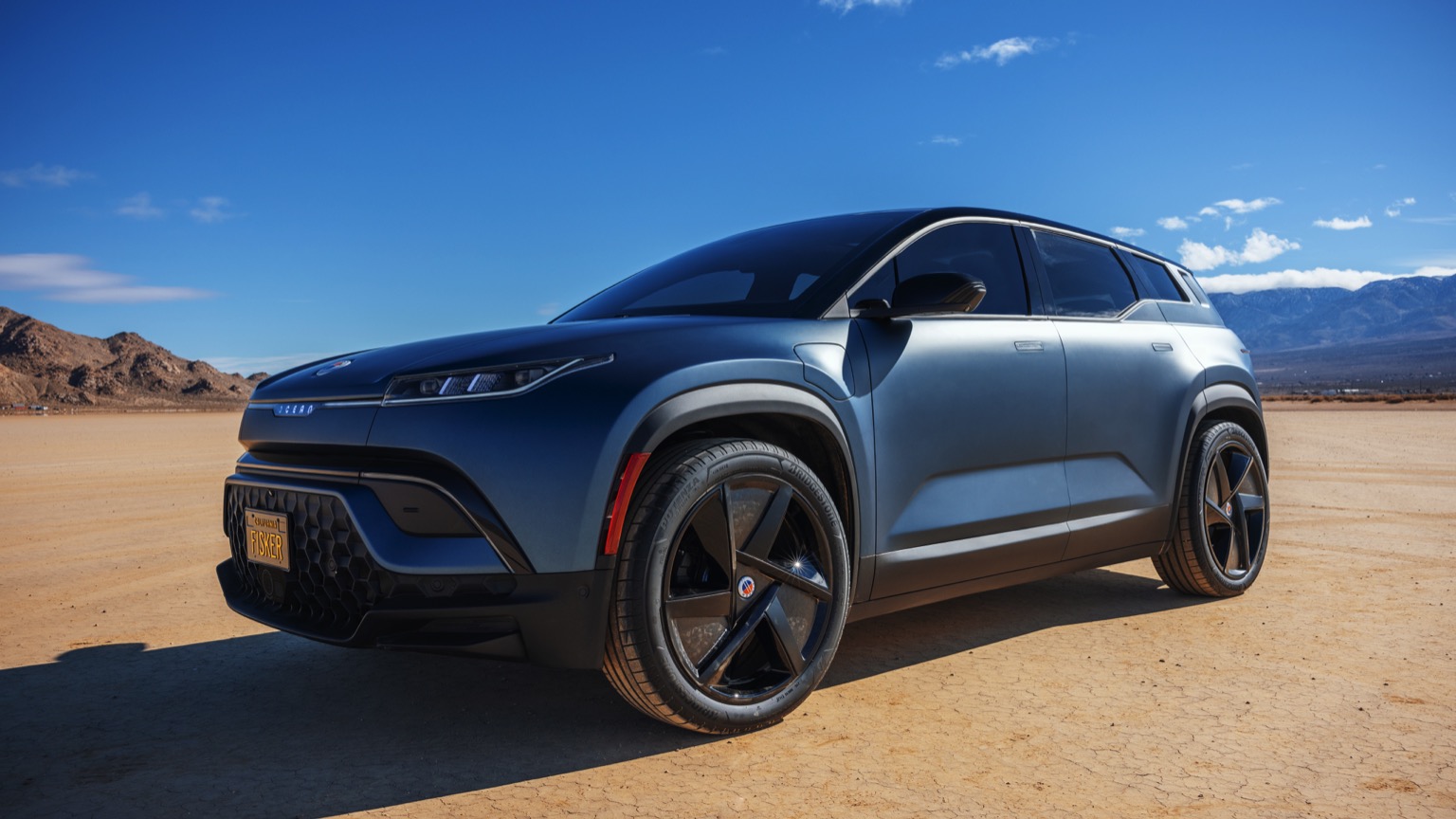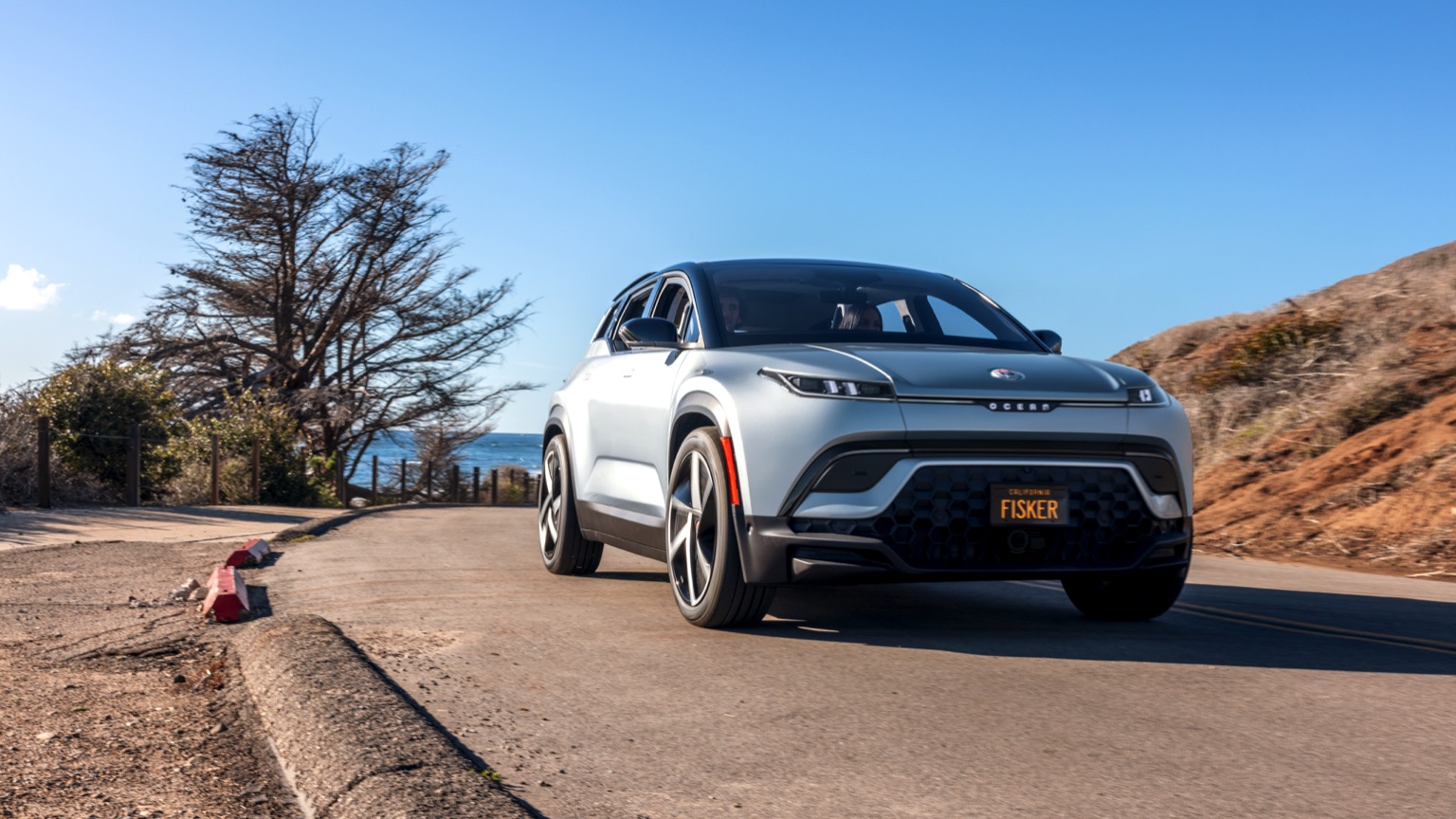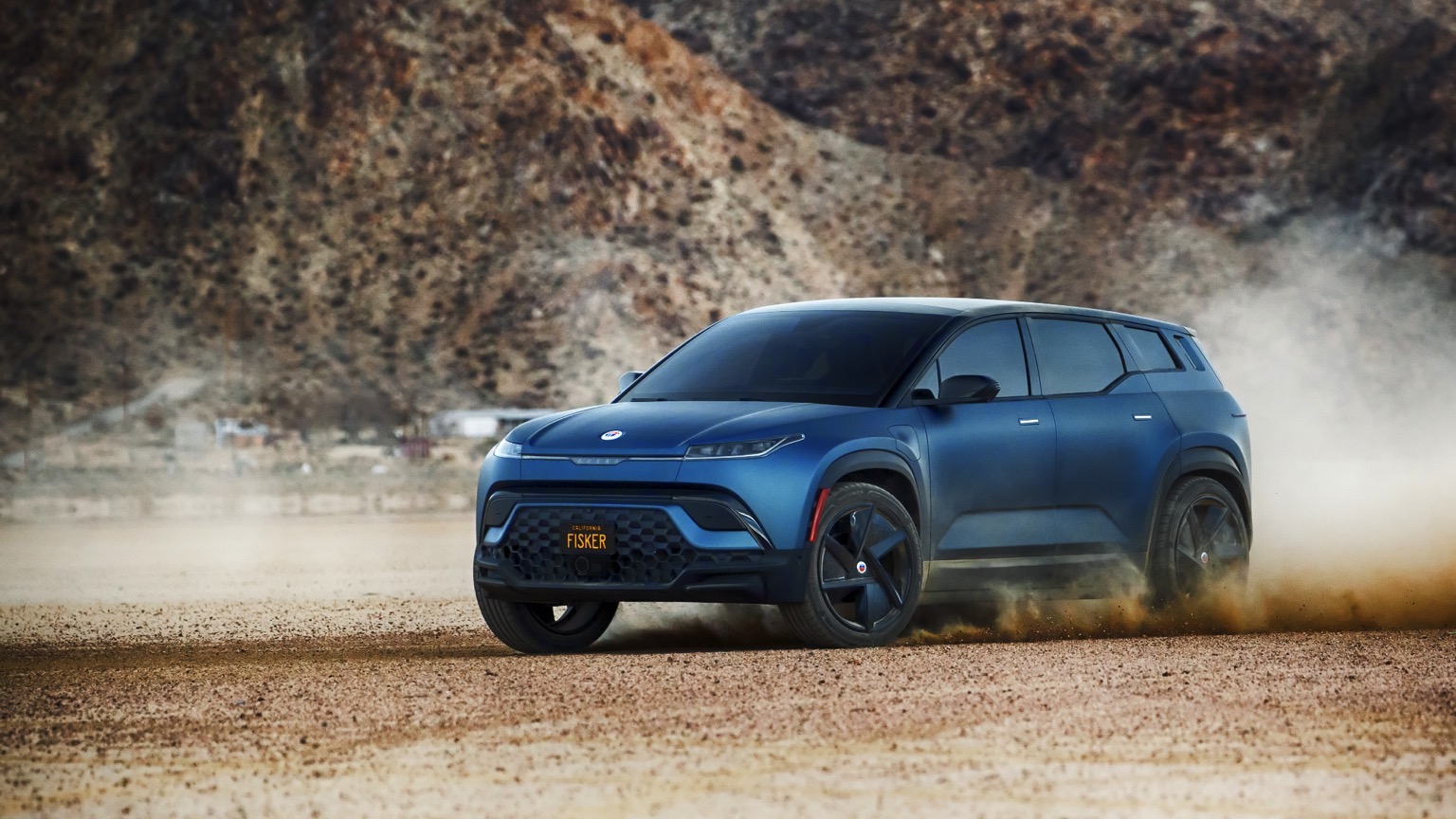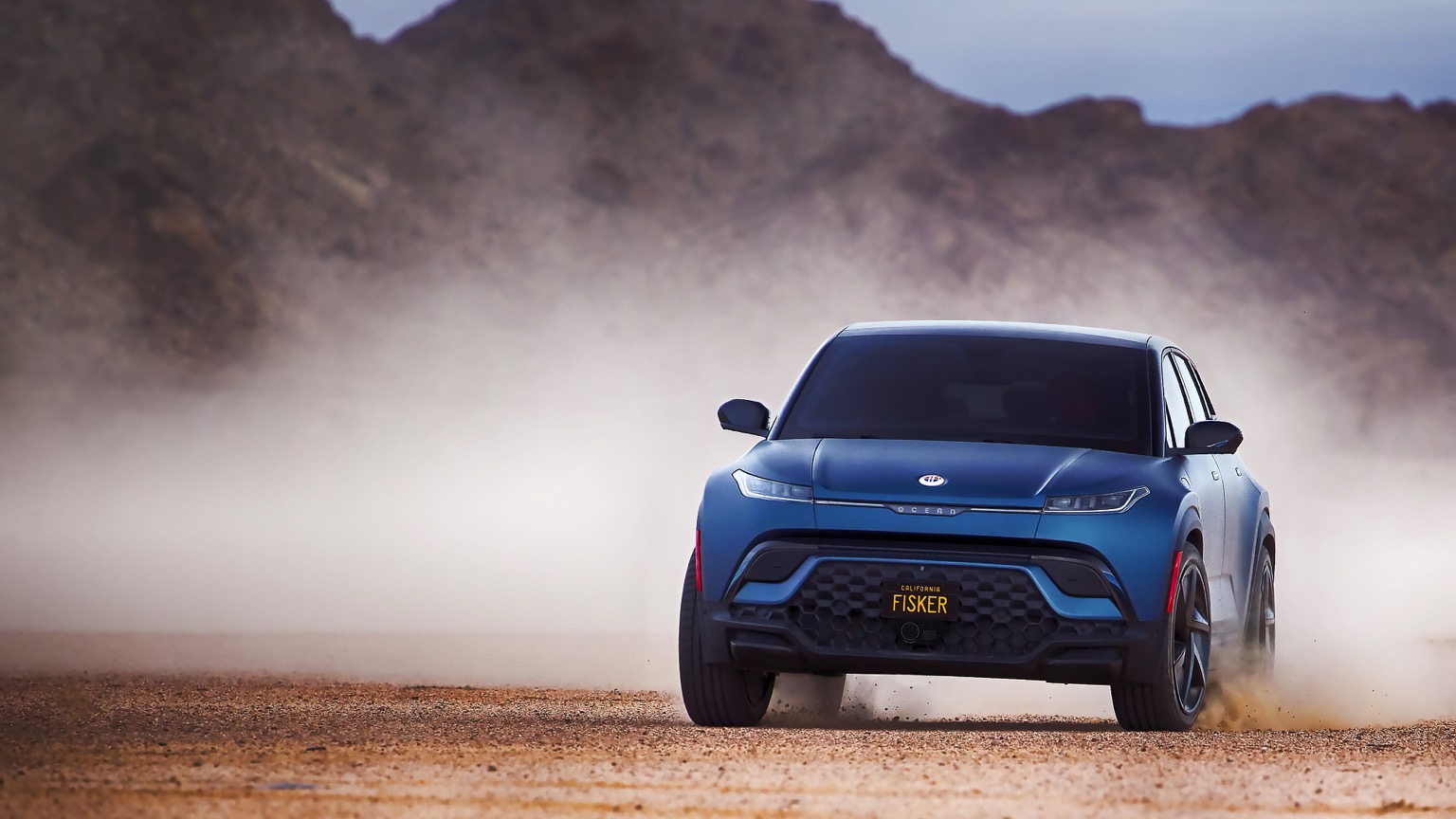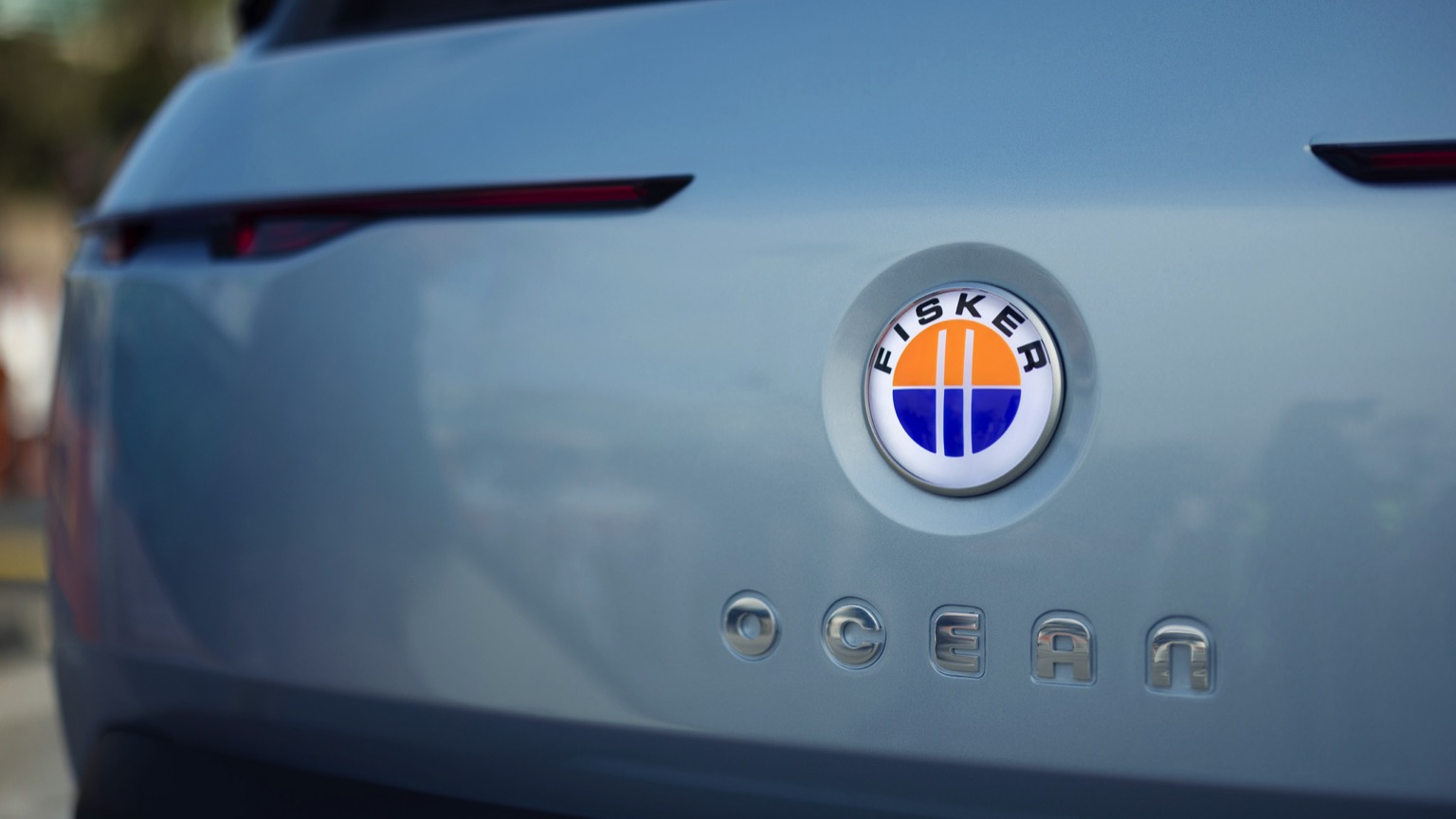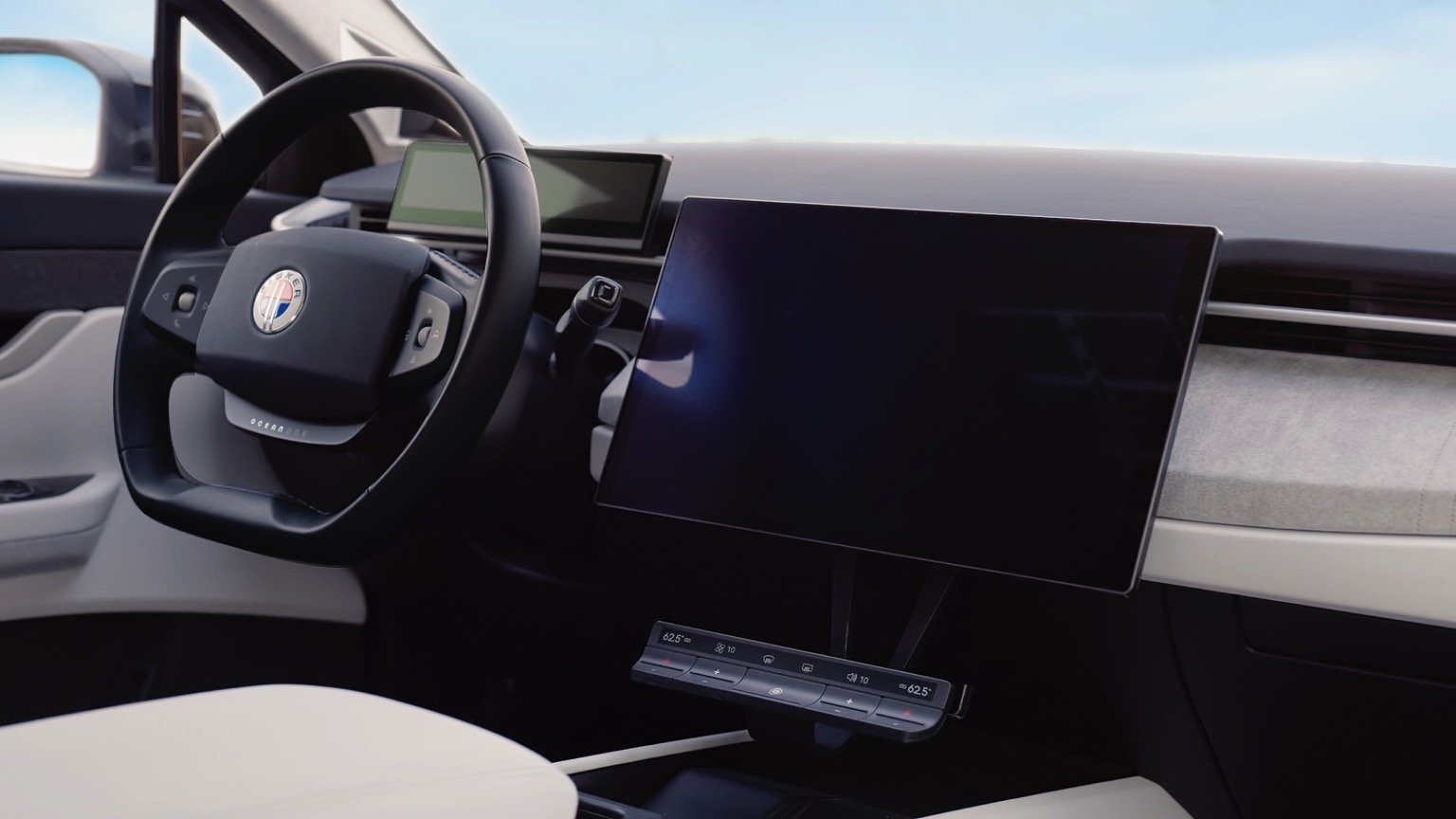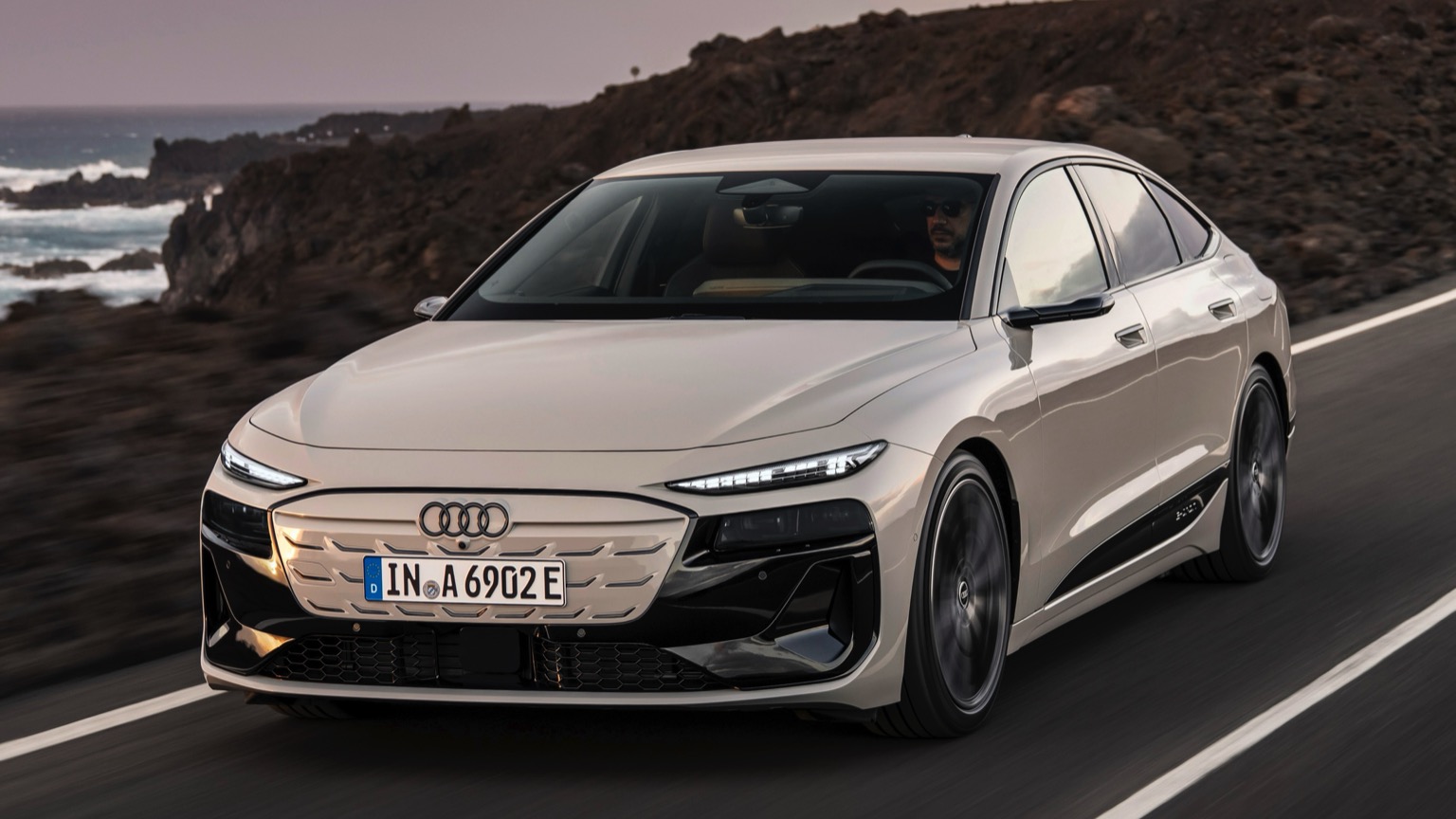Driving Range
In short, how many miles you can travel on a full charge. Is length important? Let’s not open that can of worms…
Efficiency
How many kWh of charge are needed to travel a set distance. The fewer needed, the more efficient your EV is. Easy!
Battery
The bigger the battery, the more power it can hold. In essence, fewer stops needed to top up your charge. Ahh, simplicity!
Top Speed
The maximum speed you can reach with your foot pressed hard to the floor. Important when escaping a zombie apocalypse, we assume.
Seats
Well, you don’t want to have to leave anybody at home… or do you?
Body
From stylish SUVs and compact crossovers, to curvaceous coupes and handy hatchbacks, there’s a perfect shape for everyone!
Isofix
The safe way to attach a child seat. Typically, these are hidden in the join between the back seats, alongside the crumbs from your last meal deal.
Safety Rating
A measure that considers the amount of safety kit installed, how a vehicle performs in crash testing and how safe it is for both pedestrians and cyclists.
| City - Cold Weather | 305 miles |
| Highway - Cold Weather | 225 miles |
| Combined - Cold Weather | 265 miles |
| City - Mild Weather | 440 miles |
| Highway - Mild Weather | 285 miles |
| Combined - Mild Weather | 350 miles |
Indication of real-world range in several situations. Cold weather: 'worst-case' based on -10°C and use of heating. Mild weather: 'best-case' based on 23°C and no use of A/C. For 'Highway' figures a constant speed of 110 km/h is assumed. The actual range will depend on speed, style of driving, weather and route conditions.
| Charge Port | Type 2 |
| Port Location | Left Side - Front |
| Charge Power | 11 KW AC |
| Charge Time | 11hr 30m |
| Charge Speed | 27 mph |
| Fastcharge Port | CCS |
| FC Port Location | Left Side - Front |
| Fastcharge Power (max) | 250 |
| Fastcharge Time | 35m |
| Fastcharge Speed | 370 mph |
General Charging (0 - 100%)
Charging is possible by using a regular wall plug or a charging station. Public charging is always done through a charging station. How fast the EV can charge depends on the charging station (EVSE) used and the maximum charging capacity of the EV
| Charging Point:Charging Point | Power:Power | Time:Time |
|---|---|---|
| Charging Point:Wall Plug | Power:2.3 kW | Time:54hr 30m |
| Charging Point:1-Phase 16A | Power:3.68 kW | Time:34hr |
| Charging Point:1-Phase 32A | Power:7.36 kW | Time:17hr |
| Charging Point:3-Phase 16A | Power:3.68 kW | Time:11hr 30m |
| Charging Point:3-Phase 32A | Power:7.36 kW | Time:11hr 30m |
Rapid Charging (10 - 80%)
Rapid charging enables longer journeys by adding as much range as possible in the shortest amount of time. Charging power will decrease significantly after 80% state-of-charge (SoC) has been reached.
| Charging Point:Charging Point | Average Power:Average Power | Time:Time |
|---|---|---|
| Charging Point:CCS 50 | Average Power:50 kW | Time:1hr 34m |
| Charging Point:CCS 100 | Average Power:85 kW | Time: 55m |
| Charging Point:CCS 150 | Average Power:105 kW | Time: 45m |
| Charging Point:CCS 175 | Average Power:115 kW | Time: 41m |
| Charging Point:CCS 350 | Average Power:135 kW | Time: 35m |
| EVDB Real Range | 310 miles |
| EVDB Vehicle Consumption | 344 Wh/mi |
| EVDB CO2 Emissions | 0 g/mi |
| EVDB Vehicle Fuel Equivalent | 1.18 l/100mi |
| WLTP Real Range | 429 miles |
| WLTP Rated Consumption | N/A |
| WLTP Vehicle Consumption | 24.8 Wh/mi |
| WLTP CO2 Emissions | 0 g/mi |
| WLTP Rated Fuel Equivalent | N/A |
| WLTP Vehicle Fuel Equivalent | 1.63 l/100mi |
| Acceleration 0 - 100 km/h | 4.2 sec |
| Top Speed | 124 mph |
| Electric Range* | 310 miles |
| Total Power* | 400 kWh |
| Total Torque* | N/A |
| Drive | AWD |
| Safety Rating | N/A |
| Rating Year | N/A |
| Adult Occupant | N/A |
| Child Occupant | N/A |
| Vulnerable Road Users | N/A |
| Safety Assist | N/A |
For more details on the safety rating of this vehicle, visit euroncap.com
| Nominal Capacity | 113 kWh |
| Battery Type | Lithium-ion |
| Number of Cells | N/A |
| Architecture | 400 V |
| Useable Capacity | 106.5 kWh |
| Cathode Material | NCM |
| Pack Configuration | N/A |
| Nominal Voltage | N/A |
| Length | 4774 mm |
| Width | 1982 mm |
| Width (with mirrors) | N/A |
| Height | 1631 mm |
| Wheelbase | 2921 mm |
| Weight Unladen (EU) | 2526 kg |
| Gross Vehicle Weight (GVWR) | 2974 kg |
| Max. Payload | 523 kg |
| Cargo Volume | 476 L |
| Cargo Volume (Max) | 918 L |
| Cargo Volume Frunk | N/A |
| Roof Load | N/A |
| Tow Hitch Possible | Yes |
| Towing Weight Unbraked | 750 kg |
| Towing Weight Braked | 1820 kg |
| Vertical Load Max | N/A |
| Seats | 5 |
| Isofix | No |
| Turning Circle | N/A |
| Platform | N/A |
| Car Body | SUV |
| Segment | D |
| Roof Rails | No |
| EV Dedicated Platform | No |
* = estimated value. Average energy consumption and range based on moderate drive style and climate. Real-life values may differ significantly. Pricing information might not be actual for some regions. No rights can be derived from the information on this site.

Fisker Ocean Ultra Charging Guide
Despite being a newer car manufacturer, having been founded in 2016, Fisker are making waves with their elegant designs and clever use of technology. Fisker have worked hard to develop a range of electric vehicles including the Fisker Ocean which was designed to take full advantage of the Californian sun.
From its revolutionary solar-harnessing roof, which can provide up to 1,500 miles of clean solar energy per year, to its unique “California Mode” which allows all 8 panes of glass to simultaneously open and transform the Ocean from an SUV into a convertible. The Fisker Ocean is a unique vehicle with plenty of boot room to fit even a surf board.
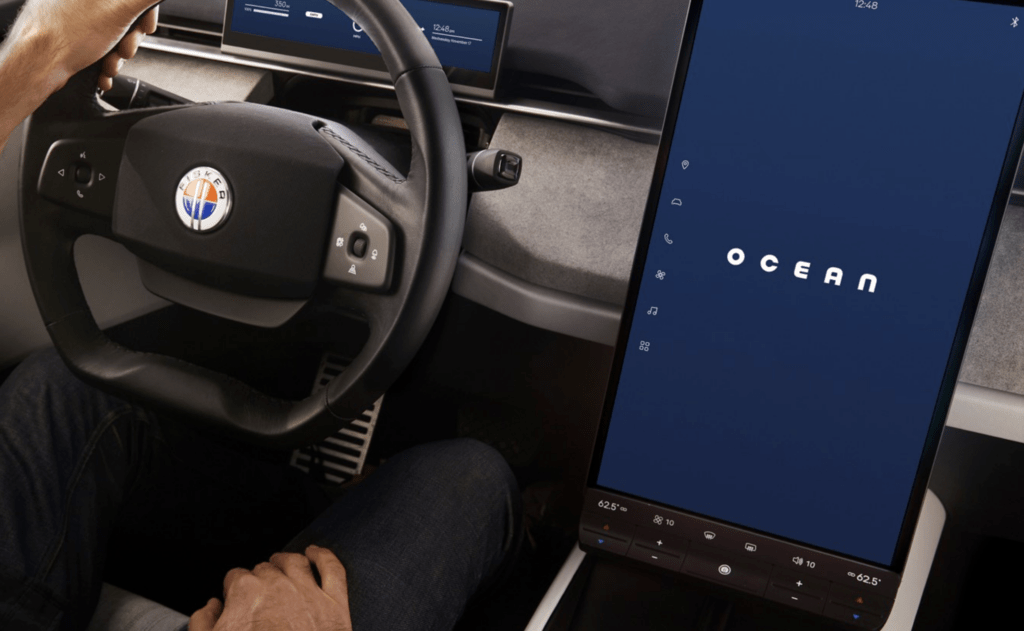
How can I charge the Fisker Ocean?
As with most EV car owners, one of the simplest ways to charge is at home using a home EV charging kit. What makes home charging the most popular choice for many, is the financial saving as well as the ease of simply plugging in your car and leaving it to charge overnight as you might do a mobile phone.
Fisker Ocean can also be charged using fast charging stations which can be found in some public spaces. However, choosing to use fast charging can cause your battery to deteriorate at a quicker rate. There are also many public charging points which will offer charging for a price which is often higher than what you might pay at home.
How long does it take to charge the Fisker Ocean Ultra?
15 hours and 12 minutes*
*Using a standard 7kWh charger, such as zappi it would take 15 hours and 12 minutes to fully charge your 106.5kWh battery. The Fisker Ocean Ultra also has the capability to be charged on the 22kWh zappi, which would reduce this charging time down to 11 hours and 30 minutes.
What is the range of the Fisker Ocean Ultra?
330 miles**The range of the Fisker Ocean Ultra with the 106.5kWh battery, differs between 235 miles and 475 miles depending on your driving conditions and the type of road. Typically, the average range from a full charge will be around 330 miles.
How much does it cost to charge the Fisker Ocean Ultra?
£7.99**It could cost just £7.99 to charge the Fisker Ocean Ultra, with the 106.5kWh battery, when fully utilising off-peak charging on an Octopus Intelligent tariff, at 0.075p/kWh. In contrast, peak charging on a standard rate of 0.34p/kWh can cost £36.21 to charge up.
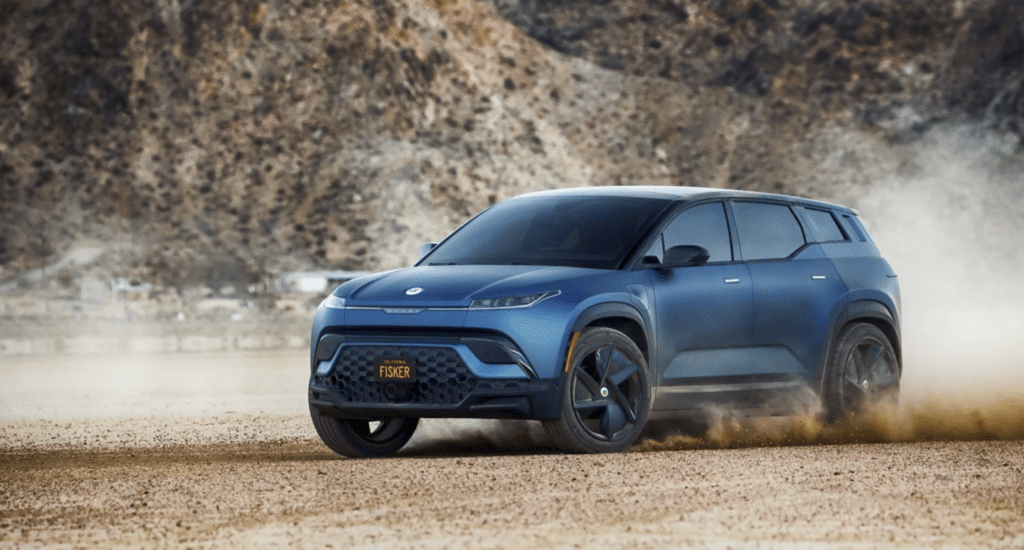
Who makes Fisker Ocean cars?
Fisker is an American company founded by Henrik Fisker, a Danish automotive designer who previously worked for BMW, Ford and Aston Martin. Although these cars were originally designed with the idea of driving around Californian beaches, they are assembled in Austria.

How big is the Fisker Ocean?
With a length of 4.77m and a width of just under 2m, the Fisker Ocean is slightly longer and wider than the Tesla Model Y. With an impressive boot space of just over 812l, the Fisker Ocean is designed to fit the whole family and their surfboards.

How to buy the Fisker Ocean.
Currently there are no UK showrooms, meaning that if you want to get your hands on the Fisker Ocean you will have to choose from their pre-configured models or configuring your own for UK delivery. As Fisker is very new to the UK, there are limited pre-configured models to choose from and the wait time can be up to 4 months for your own configuration.

When is the Fisker Ocean available to buy?
Fisker is already available to purchase in the UK and in many other countries also. The company has plans to increase production of its vehicles by the end of the first quarter of 2024, meaning you might not have to wait as long to start seeing the Fisker Ocean on the roads as you might think.
That being said, you can currently only order the Extreme model of the Fisker Ocean in the UK which does come with a higher price tag than the entry-level models. This also means that it comes with lots of added extras like the SolarSky roof and various modes to make the driving experience more enjoyable for both driver and passengers.
Similar Electric Vehicles


